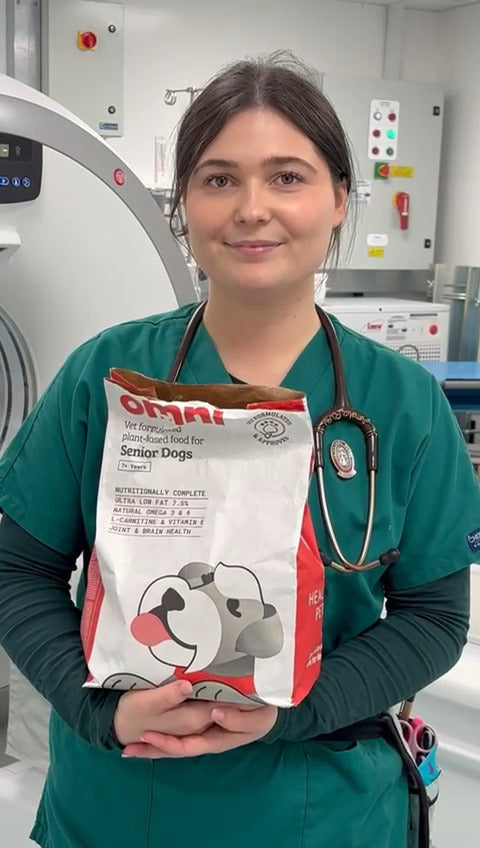UK Meat intake sees record lows since 1974

Great news for animals and the environment – according to The Guardian and Defra Family Food Survey, 2022 saw UK meat intake dropping to the lowest since 1974 with people eating less processed and carcass meat.
The gradual change in consumer preference seems to be multifactorial – with the cost of living crisis and increased cost of meat, as well as increase in awareness of health, animal welfare and the environment.
The Guardian noted the average amount of meat eaten at home in 2022 was 854g per week, the lowest ever recorded. This compares to 976g per week in 2021, and 949g in 2020. Not only this, but poultry consumption has been noted to have fallen by 11% in the last decade as well.
Not only are people cutting back on buying meat at the supermarket, the amount of meat ordered via takeaways have also been declining. The average amount of meat ordered at takeaways halved to 27g per week per person, compared to a decade ago. Popular fast foods such as kebabs, burgers and pies have seen a noticeable decline. This just goes to show the change in the public’s behavior towards meat consumption with both take-aways and at home cooking.
From a health point of view- the Government (summarized on the Eatwell Guide) now recommends limiting processed meat intake to a maximum of 70g per day, with new guidelines emphasizing a switch from meat to pulses and beans. Scientific studies have highlighted the risks of meat consumption (red and processed meat) linked to cardiovascular disease, obesity, as well as some cancers , so our choice in diet can really help to safeguard our health and bodies.
Besides our own health benefits, protecting the environment is a huge reason to cut back on meat. We know that the meat industry accounts for huge contributions of Green House Gas Emissions, deforestation, land degradation, eutrophication of water sources and disruption of habitats.
Both The UK National Food Strategy and The Climate Change Committee have recommended a reduction of meat consumption by 30-35% by 2032. The two groups work with the government with the aim of creating and nurturing healthier, more affordable and sustainable diets whilst safeguarding against climate change.
What’s more, the UK isn’t alone in their efforts to cut down meat. According to Vegconomist, 55% of the German population identify as Flexitarian, with live animal trade hitting an all-time low, and plant based alternatives becoming a more popular food choice.
So, as guardians become more conscious of their health, their pet’s health and the environment, their lifestyle choices are dictating the pet food market. Whilst in 2019, there were only 81 products (Diets and treats) with the Vegan Society’s ‘Vegan Trademark’ in the pet food sector, this has increased to an amazing 209 products by 2022. The demand for a more plant based lifestyle for our pets is forecast to remain, as the Future Markets Insight predict the plant based pet food market to double in a decade from now.
Here at Omni, we want to help you cut down your dog’s meat intake - be it going fully plant powered or flexitarian. Many of the risks and consequences of eating meat (processed or otherwise) that apply to us and our planet, also apply to our 4 legged best friends. We’re proud that our delicious, fully plant based and nutritionally complete dog food uses only high quality ingredients and is sustainably and ethically sourced- so we can all do our bit.







 85 Great Portland Street, 1st Floor, London, W1W 7LT United Kingdom
85 Great Portland Street, 1st Floor, London, W1W 7LT United Kingdom





